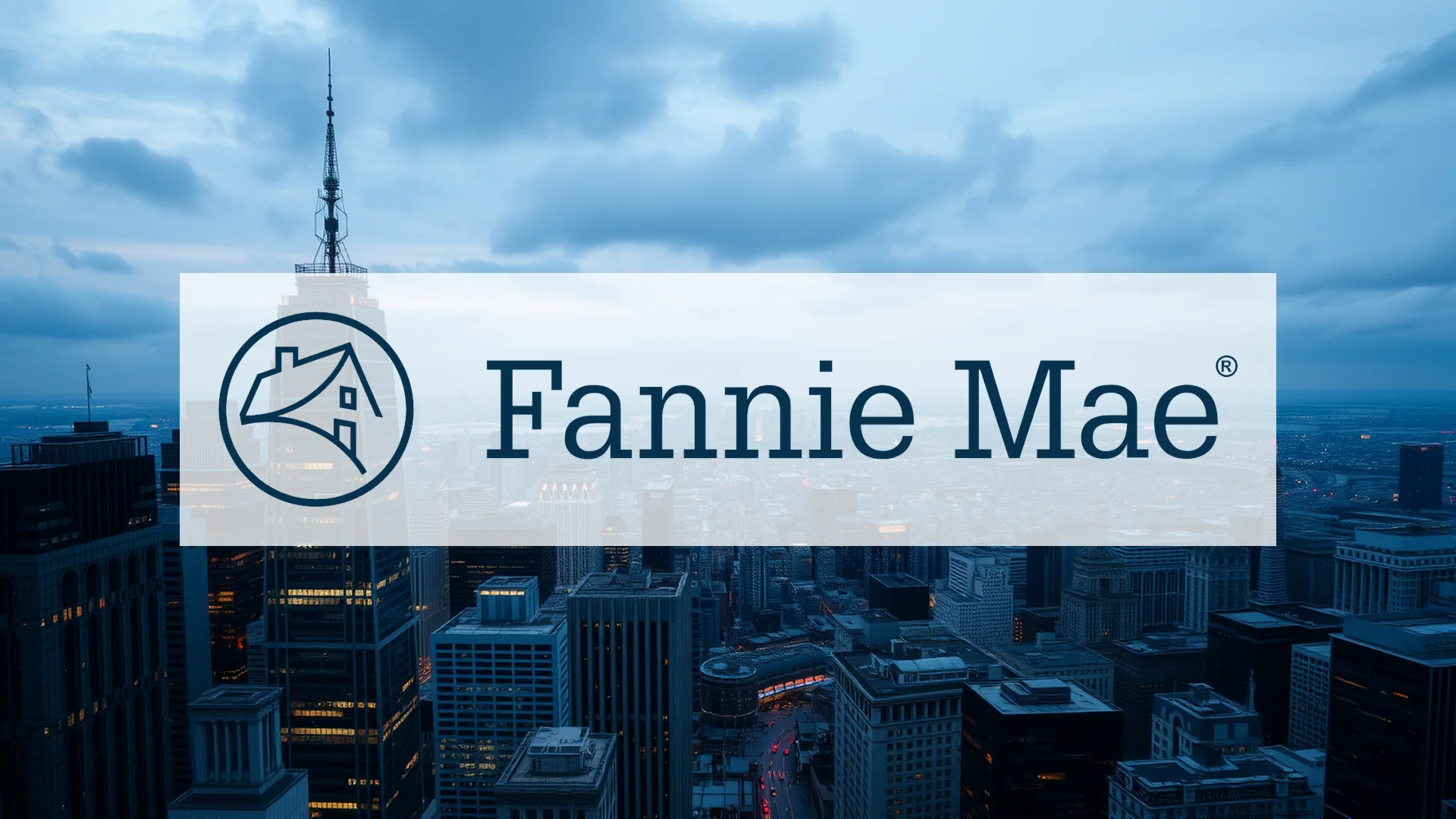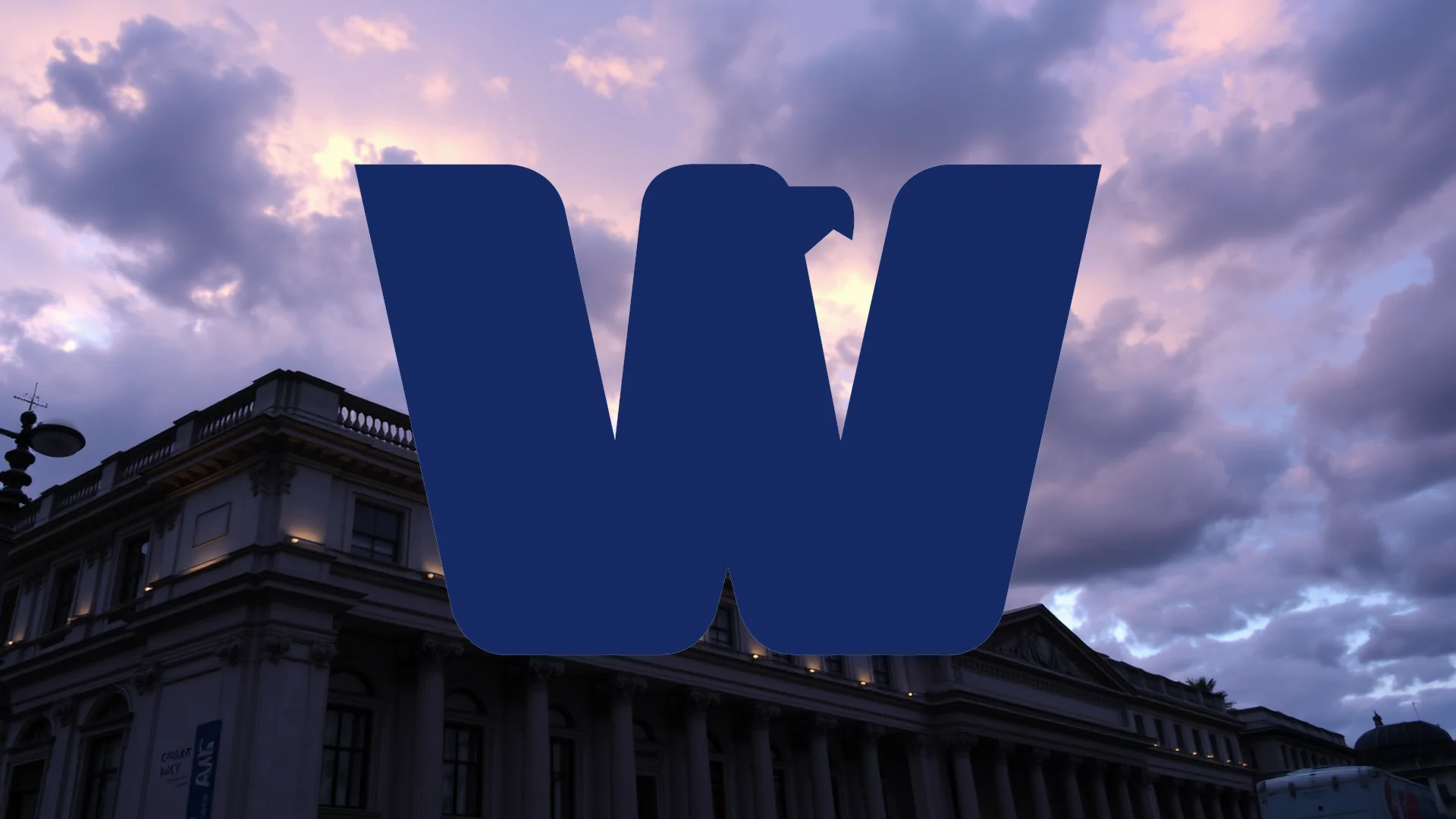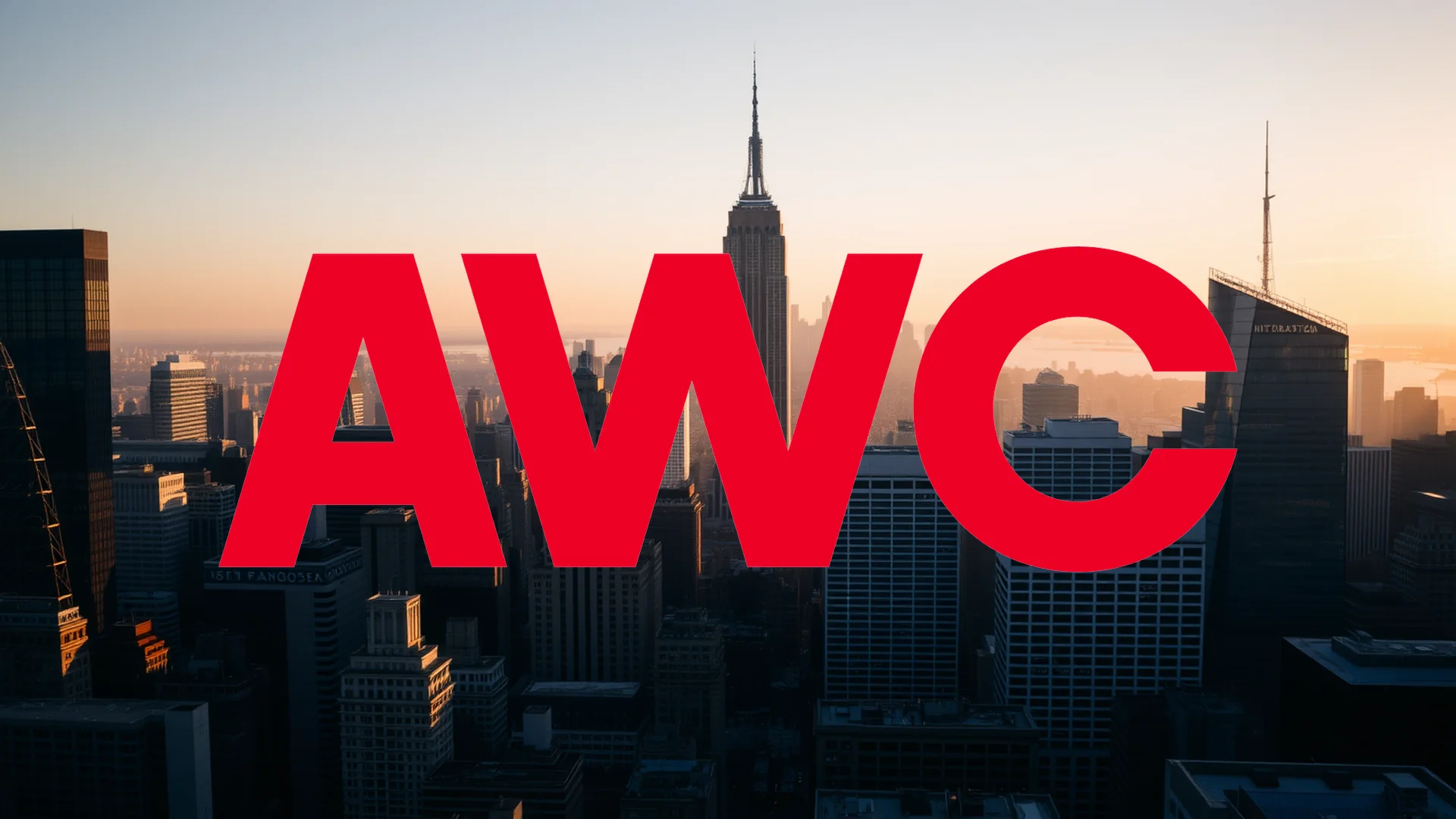The debate surrounding the future of mortgage giant Fannie Mae has intensified dramatically as U.S. government officials continue discussions about potentially returning the company to private ownership. This uncertainty has created a rare and deep division among financial analysts, with prominent firms issuing directly conflicting recommendations for the government-sponsored enterprise.
Conflicting Analyst Views Create Investor Uncertainty
Investment firm Keefe, Bruyette & Woods recently reaffirmed its negative stance on Fannie Mae, maintaining an “Underperform” rating that directly contradicts bullish recommendations from other Wall Street institutions. KBW analysts expressed significant concerns about potential shareholder dilution risks should the company exit government conservatorship. Their analysis highlights a critical distinction: while common shareholders would face substantial dilution, preferred shareholders would likely be shielded from this financial impact.
This pessimistic assessment stands in stark contrast to the position taken by Deutsche Bank, which just last week initiated coverage with a “Buy” recommendation. The German financial institution pointed to increasing probabilities of near-term privatization as justification for its optimistic outlook. The extreme divergence between these expert opinions reflects the high-stakes uncertainty surrounding Fannie Mae’s future.
Strong Financial Performance Amid Political Uncertainty
Despite the political and regulatory questions, Fannie Mae’s operational performance remains robust. The company reported in July its thirtieth consecutive quarter of positive net income, demonstrating remarkable consistency in profitability. Their net worth climbed to $101.6 billion, representing an 18 percent year-over-year increase. However, the most recent quarterly profit showed a 26 percent decline to $3.3 billion.
Key Financial Highlights:
– Thirty consecutive profitable quarters
– Net worth: $101.6 billion (+18% YoY)
– Q2 profit: $3.3 billion (-26% YoY)
– Billions in dividend payments made to the U.S. Treasury
Should investors sell immediately? Or is it worth buying Fannie Mae?
Operational Changes and Market Speculation
Amid the privatization speculation, Fannie Mae announced significant system updates scheduled for November implementation. Lenders will gain access to the VantageScore 4.0 credit evaluation model, a move designed to expand the pool of eligible borrowers. This updated scoring methodology incorporates more detailed repayment histories and will operate alongside the established FICO system.
Some market observers question whether these operational developments merely distract from more fundamental regulatory questions that will ultimately determine the company’s fate. Technical improvements, while potentially beneficial for business operations, remain secondary to political and regulatory decisions that could reshape the enterprise.
IPO Speculation Adds to Investor Concerns
Recent reports suggesting the Trump administration is considering public offering plans have further fueled market speculation. The Federal Housing Finance Agency is reportedly discussing the potential sale of a 5 percent stake in the company. For investors, this raises critical valuation questions: how much of the current market capitalization might remain following a potential capital increase?
Fannie Mae’s stock has already experienced substantial gains in recent months, driven primarily by privatization optimism. Without concrete timelines or structural details regarding any potential transition from government control, however, investments in the company remain highly speculative with unpredictable outcomes.
Ad
Fannie Mae Stock: Buy or Sell?! New Fannie Mae Analysis from December 20 delivers the answer:
The latest Fannie Mae figures speak for themselves: Urgent action needed for Fannie Mae investors. Is it worth buying or should you sell? Find out what to do now in the current free analysis from December 20.
Fannie Mae: Buy or sell? Read more here...










